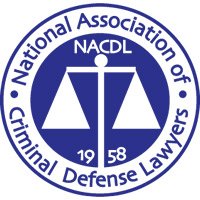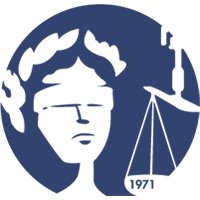FOURTH AMENDMENT CASE LAW UPDATE
I. THE EXCLUSIONARY RULE, SUPPRESSION OF EVIDENCE, AND PROTECTING THE CITIZENRY FROM ITS
Despite recent attempts to malign its efficacy and efficiency, the Exclusionary Rule has remained the primary vehicle for enforcing compliance with the Fourth Amendment since 19611. The prohibition on admitting illegally obtained evidence not only serves to deter illegal police conduct, but also maintains the “imperative of judicial integrity” by extricating courts from participation in police illegality.
“Courts which sit under our Constitution cannot and will not be made party to lawless invasions of the Constitutional rights of citizens by permitting use of the fruits of such invasions.” Terry v. Ohio, 392 U.S. 1, 13, 88 S.Ct. 1868, 20 L.Ed.2d 889 (1968).
Thus, courts stand as protection against our protectors.
“[Fourth Amendment rights] … are not mere second-class rights but belong in the catalog of indispensable freedoms. Among deprivations of rights, none is so effective in cowing a population, crushing the spirit of the individual and putting terror in every heart. Uncontrolled search and seizure is one of the first and most effective weapons in the arsenal of every arbitrary government…”
“But the right to be secure against searches and seizures is one of the most difficult to protect. Since the officers are themselves the chief invaders, there is no enforcement outside the court.” Illinois v. Gates, 462 U.S. 213, 274-75, 103 S.Ct. 2317, 76 L.Ed.2d 527, 572 (1983) [Brennan, J., dissenting, citing Brinegar v. U.S., at 180-181 (1949) (Jackson, J., dissenting)].
However, in U.S. v. Leon, 468 U.S. 897, 104 S.Ct. 3405, 82 L.Ed.2d at 677 (1984), a majority of the Supreme Court rejected any justification other than the deterrence rationale for excluding illegally obtained evidence from criminal trials, noting: “The rule thus operates as ‘a judicially created remedy designed to safeguard Fourth Amendment rights generally through its deterrent effect, rather than a personal right of the person aggrieved’….” U.S. v. Leon, 468 U.S. 897, 905 (1984). Thus the Court has held under some circumstances that the exclusionary rule does not apply because its deterrent effect is diminished by competing interests or by attenuation from the illegal police conduct. See, INS v. Lopez-Mendoza, 468 U.S. 1032, 104 S.Ct. 3479, 82 L.Ed.2d 778 (1984) [refusing to apply the exclusionary rule to deportation proceedings because the deterrent effect was outweighed by the social costs involved in the context of “unique immigration proceedings” that are “preventative as well as punitive”]; U.S. v. Janis, 428 U.S. 433, 96 S.Ct. 3021, 49 L.Ed.2d 1046 (1976) [noting evidence illegally seized by state officers not excluded in federal civil tax proceeding as additional deterrence deemed outweighed by social costs]; U.S. v. Calandra, 414 U.S. 338, 94 S.Ct. 613, 38 L.Ed.2d 561 (1974) [stating exclusionary rule not applicable to grand jury proceedings]; Stone v. Powell, 428 U.S. 465, 49 L.Ed.2d 1067, 96 S.Ct. 3037 (1976) [suppression issues are not cognizable in writs of habeas corpus because the proceeding is so removed from the prior police illegality as to have lost its deterrent effect].











